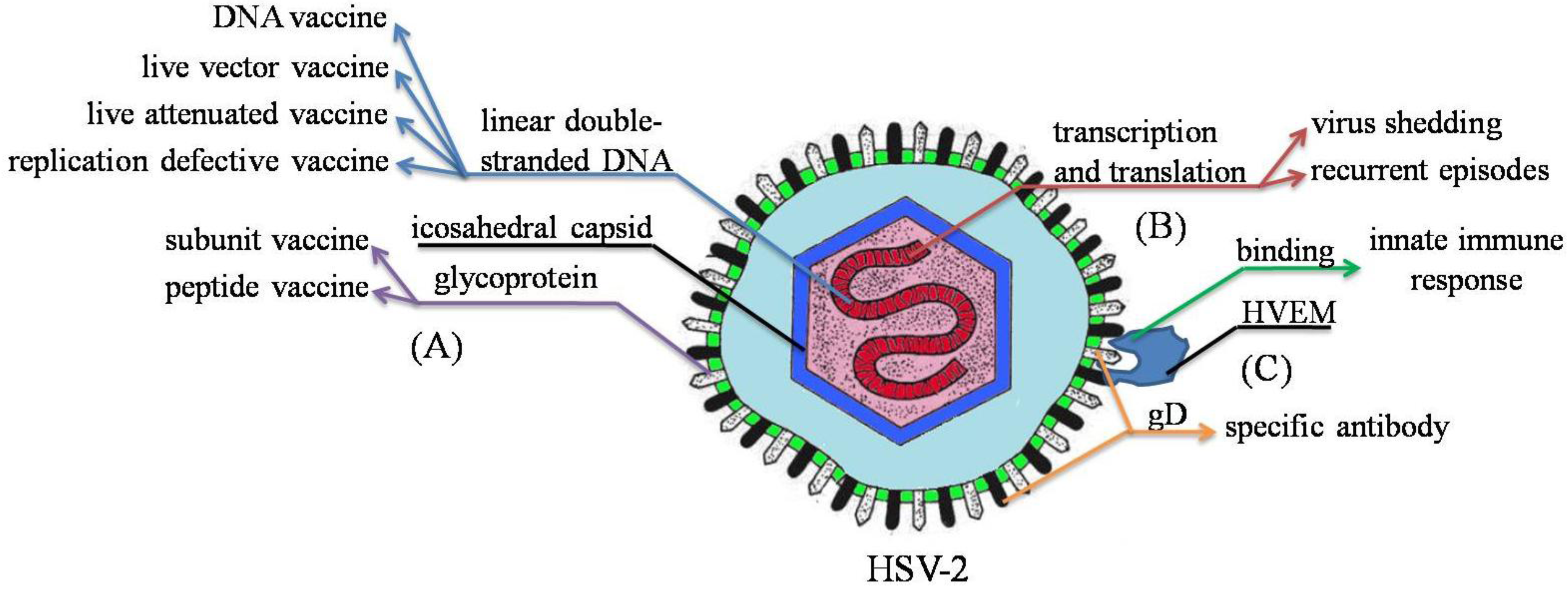

Male mice lacking PRs have enhanced mating behavior and are less aggressive to intruder male or newborn pups 20, 21. Furthermore, in the absence of testosterone, progesterone facilitates male sexual behavior through PR-regulated signaling 18, 19, 20, 21.

The progesterone-PR signaling plays a critical role in sexual dimorphic differentiation of the brain during development, and its blockade affects male sexual behavior in adulthood 14, 17, 18. Testosterone regulates the PR expression in neonatal male brain via conversion to estrogen and activation of estrogen receptors 16. Thus, males are more sensitive to progesterone’s neuromodulatory effects during a short developmental window. PR expression is stronger in males than in females during fetal and neonatal period 14, 15. The brain also synthesizes progesterone and other neurosteroids from cholesterol, and in male mice the brain progesterone levels are comparable to those in females in the diestrus stage 12, and remain stable. In rodents, newborn males and females have comparable levels of circulating progesterone, whereas, in adults, the levels are lower in males than those in females 12, 13.

Progesterone is also present in males who display progesterone levels similar to the concentrations detected in postmenopausal women 11. Thus, the prior studies did not test delayed and more prolonged progesterone effects on cognitive behavior, which the current study explores with PRs. PRs exert neuronal effects through gene expression, with relatively slow emergence 8, 9, 10. Not surprisingly, these progesterone actions are present in PR knockout mice 6, 7. The studies evaluating progesterone’s effects on various non-reproductive behaviors have evaluated rapid-onset, transient effects, which were likely mediated by allopregnanolone and related neurosteroid metabolic products of progesterone 6, 7. It also regulates spatial and conditioned learning, motivated and rewarding, as well as depressive behaviors in females (reviewed in 5). It regulates lordosis through mechanisms dependent on progesterone receptors (PRs) 1, 2, 3, 4. Progesterone, a critical neuromodulator, regulates reproductive and non-reproductive behaviors in females. These studies provide novel insights into the role of PRs in facilitating spatial, declarative memory in males, which may help with finding reproductive partners.

In contrast to spatial tasks, PR removal did not alter the response to fear conditioning. We confirmed deficits in spatial memory of PRKO mice by testing them on the Y-maze forced alternation and MWM tasks PR deletion affected animal’s performance in both these tasks. PRKO mice were also unable to recognize the change in object position. A similar preference for the familiar object was also seen following the EC-specific deletion of PRs. In the recognition test, the PRKO mice preferred the familiar object over the novel object. We assessed the contribution of PRs in promoting spatial and non-spatial cognitive learning in male mice by examining the performance of mice lacking this receptor (PRKO), in novel object recognition, object placement, Y-maze alternation, and Morris-Water Maze (MWM) tasks. Furthermore, segesterone, a specific PR agonist, activates neurons in both the EC and hippocampus. Male mice expressed PRs, predominately in excitatory neurons, in brain regions that support spatial memory, such as the hippocampus and entorhinal cortex (EC). Progesterone and its receptors (PRs) participate in mating and reproduction, but their role in spatial declarative memory is not understood.


 0 kommentar(er)
0 kommentar(er)
